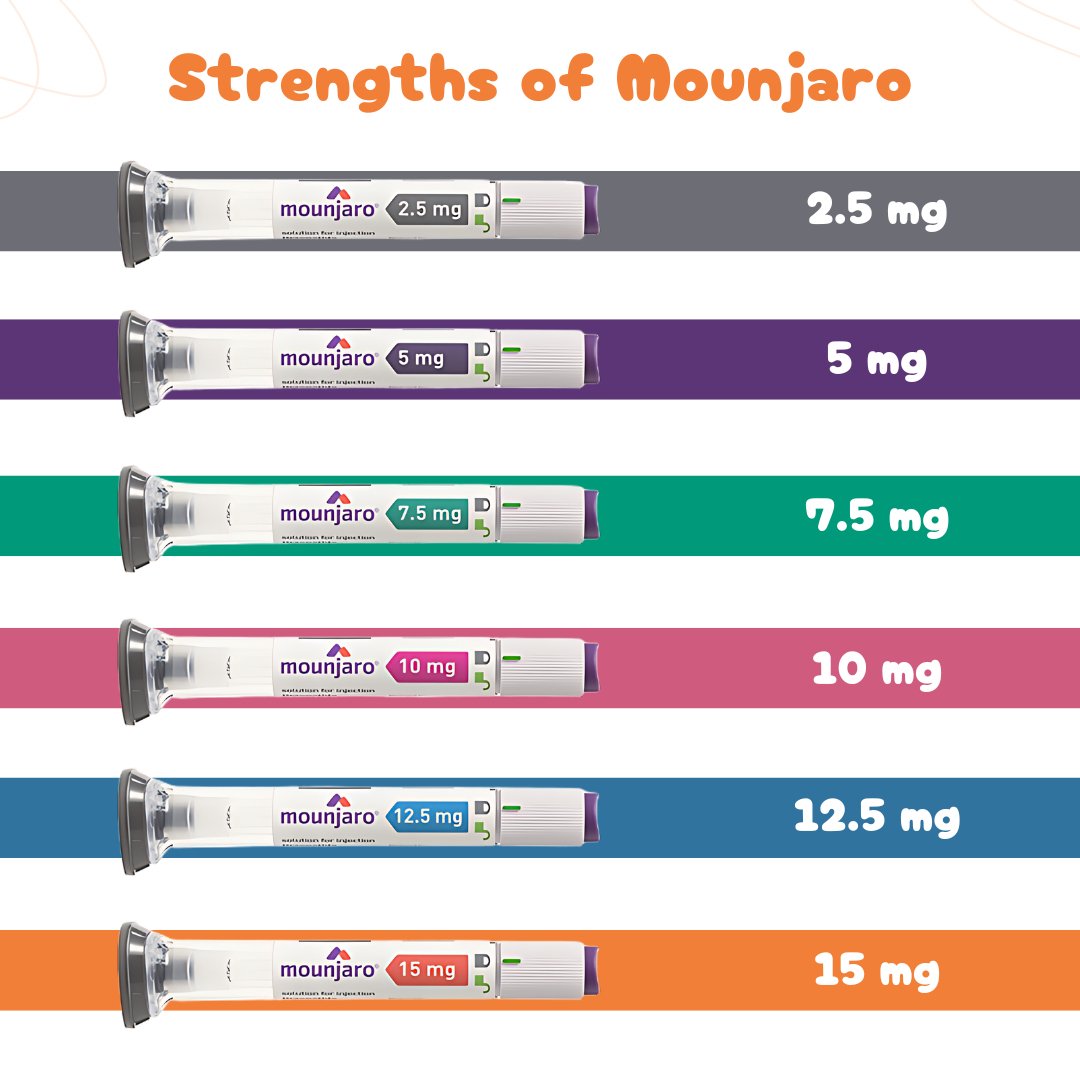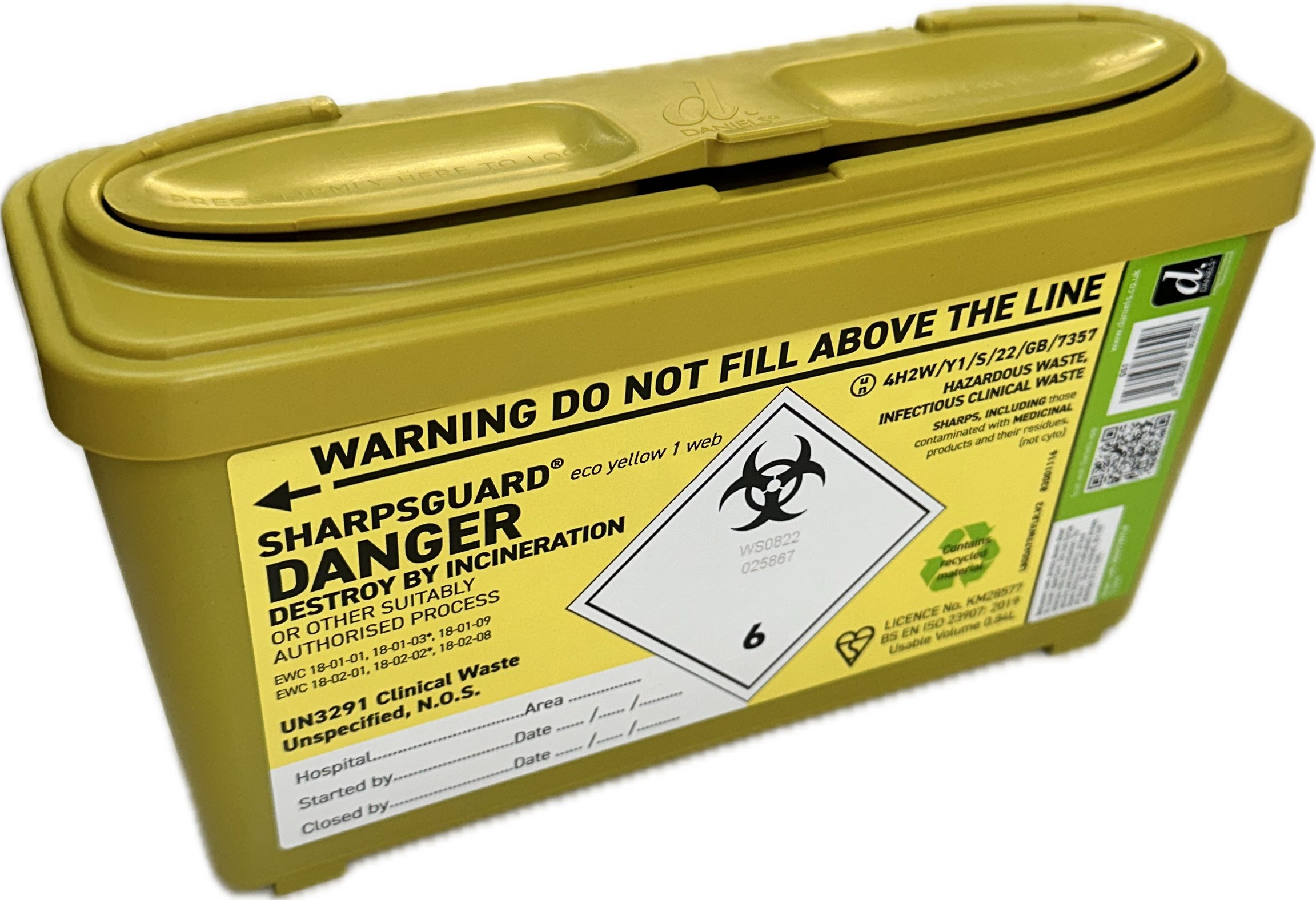Is Mounjaro the same as Wegovy?
No, Mounjaro is not the same as Wegovy. It works similarly as it also contains a GLP-1 receptor agonist, but Mounjaro weight loss injections contain the active ingredient tirzepatide and Wegovy contains semaglutide. They both work to reduce hunger levels and appetite by affecting the parts of the brain responsible for this, but Mounjaro is also a GIP receptor agonist.
Both Mounjaro and Wegovy are injectable weight-loss pens that are approved for weight loss in the UK. Both are safe and effective treatments when prescribed by a doctor.
How do I switch from Wegovy to Mounjaro?
Speak to your doctor if you want to switch from Wegovy to Mounjaro Weight Loss Injections. They’ll explain how you can switch and when it’s safe to. You will need 4 weeks between stopping Wegovy and being able to start on Mounjaro. When you’ve made the switch from Wegovy to Mounjaro, you’ll start the dosing schedule from the lowest dose of 2.5mg.
How should I store Mounjaro?
You should store your Mounjaro pen in a refrigerator before use at 2 °C to 8 °C. Once opened, you can either store it in the refrigerator or in a cool, dark place away from direct sunlight and at a temperature lower than 30 ºC. You should discard used pens no later than 30 days after first use.
Do not store Mounjaro Weight Loss Injections in the freezer. If it gets too cold and the medication inside has frozen, you should not use it, even if you defrost it. Always keep medicines out of reach of children and vulnerable adults.
What happens if I stop taking Mounjaro?
When you stop taking Mounjaro, the effects of the medication will start to wear off. This means you’ll start to feel hungry again and if you were taking it to regulate your blood sugar levels, they are likely to return to how they were before taking it. You should speak to your doctor if you want to stop taking Mounjaro, as they may recommend reducing your dose slowly.
If you stop Mounjaro too early, you may put on any weight you’ve lost. It’s best to stick to the dosing schedule and speak to your doctor if you get side effects, as they can keep you on a lower dose for longer.
Want to read more about Mounjaro Weight Loss Injections, Click Here







